Why does Panasonic Lumix DMC-LX1 Digital Camera get hot?
- MMaria BarnesSep 13, 2025
The camera may get a little warm while you are using it, but this is normal.
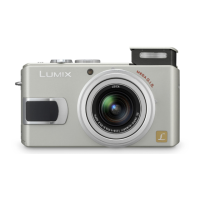
Why does Panasonic Lumix DMC-LX1 Digital Camera get hot?
The camera may get a little warm while you are using it, but this is normal.
| Megapixel | 8.4 MP |
|---|---|
| Sensor type | CCD |
| Filter | Primary Color Filter |
| Digital zoom | 22.5 x |
| Optical zoom | 4 x |
| Focal length range | 6.3 - 25.2 mm |
| Built-in flash | Yes |
| Dimensions (WxDxH) | 105.7 x 25.6 x 55.8 mm |
| Camera shutter speed | 60 - 1/2000 s |
| Focal length (35mm film equivalent) | 28 - 112 mm |
| Internal memory | 32 MB |
| Compatible memory cards | mmc, sd |
| Motion JPEG frame rate | 30 fps |
| Maximum video resolution | 848 x 480 pixels |
| Display diagonal | 2.5 \ |
| Display resolution (numeric) | 207000 pixels |
| I/O ports | A/V Output (NTSC / PAL), USB. |
| Bundled software | LUMIX Simple Viewer, Photo Fun Studio, ArcSoft PhotoBase, ArcSoft PhotoImpression, ArcSoft Panorama Maker, USB Driver |
| Battery type | 3.7 V, 1150 mAh |
| Product color | Black, Silver |
| Focus adjustment | Auto |
| Depth | 25.6 mm |
|---|---|
| Width | 105.7 mm |
| Height | 55.8 mm |
| Weight | 185 g |
Essential safety warnings for proper camera operation.
Initial setup and precautions before operating the device.
Regulatory information and cautions related to FCC standards.
Guidelines for cleaning, storing, and protecting the camera.
Tips for lens care and managing condensation.
How to interpret manual illustrations and conventions.
List of items included with the camera.
Identifying and locating camera parts.
Essential steps for initial camera setup and shooting.
Procedures for charging and handling the camera battery.
Inserting and removing the battery and memory card.
Information on memory card types and usage.
How to set the camera's clock.
Configuring camera settings via the setup menu.
Understanding the LCD screen's display modes.
Overview of shooting modes like Program AE and Auto.
Using Program AE for automatic exposure.
Simplified shooting for beginners.
Checking, zooming, and deleting photos.
Using the camera's zoom capabilities.
Instructions for using the camera's flash.
Using the self-timer for delayed shots.
Adjusting image brightness.
Capturing multiple exposures for bracketed shots.
Reducing camera shake blur.
Capturing rapid sequences of images.
Browsing and zooming through photos.
Viewing multiple images simultaneously.
Removing unwanted pictures.
Control aperture for depth of field.
Control shutter speed for motion effects.
Full manual control over exposure.
Recording videos with audio.
Using specialized modes for various scenarios.
Adjusting White Balance, ISO, Quality, AF, etc.
Settings for light sensitivity and image resolution.
Selecting and using different autofocus systems.
Using digital and extended optical zoom.
Viewing videos and audio clips.
Accessing playback and editing functions.
Creating slideshows and managing favorite images.
Adjusting image orientation and print orders.
Modifying image dimensions and cropping.
Cleaning and formatting memory cards.
Linking the camera to TVs, PCs, and printers.
Understanding screen icons and indicators.
Important warnings for safe camera operation.
Solutions for common camera issues.
Detailed technical data of the camera.
Information on warranty coverage and customer service.
Basic camera operation instructions in Spanish.
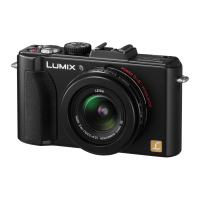
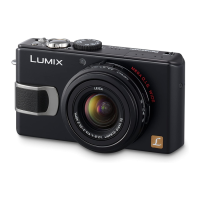
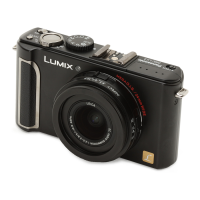
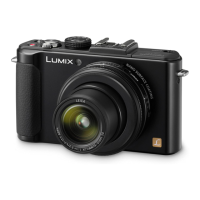
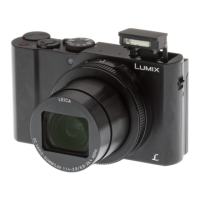
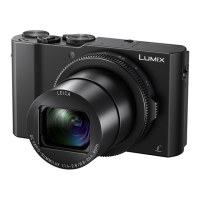
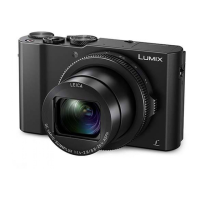
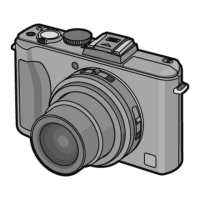
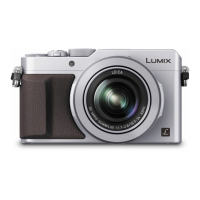
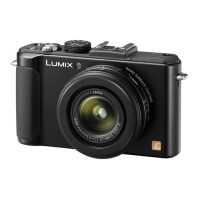
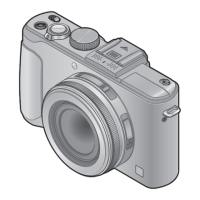

